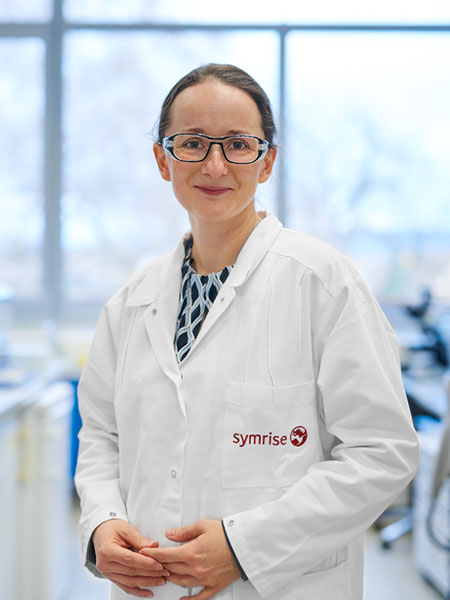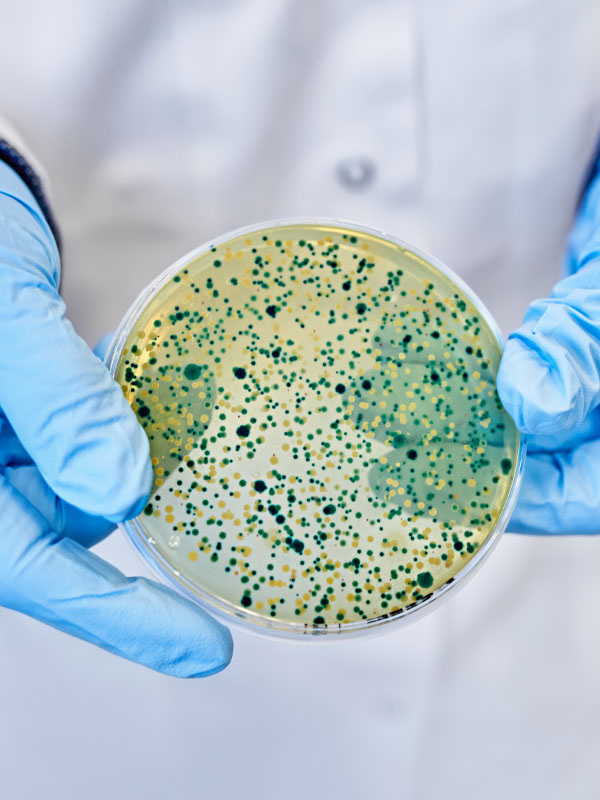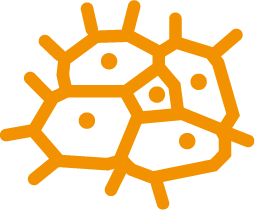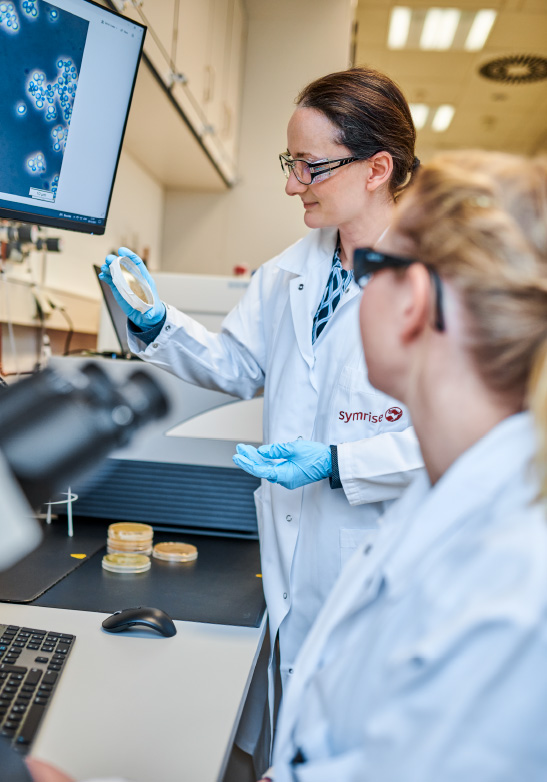Research close to people
“People have their own little ecosystems in many places of the body that can be very different from each other. Their complex and dynamic interplay forms the larger ecosystem of a person,” says the scientist, who also dealt with the microbiome in her doctoral thesis. In the field of personal care products, research has traditionally focused on how certain substances affect the body and human cells, in particular with the goal of killing certain bacteria. Christin Koch, on the other hand, concentrates increasingly on the equilibrium of the human microbiome.
Their composition changes depending on the region of the body. The scientist compares them to ecosystems on earth: “The oral cavity is like a coral reef, the scalp like a flower meadow, the armpit with sweat and moist skin like a lush forest, or the dry skin on the shins like a desert.”
For research, it is therefore important to develop products that are as precise as possible and that work not only in vitro, i.e., in the test tube, but also in real life – in vivo, as the scientists call it. The test plate with the little teeth and saliva – that is, the ex vivo biofilm model – is aimed at this approach, as are the welding models developed in-house by the company. “For this purpose, our external cooperation partner sends men to the sauna, where they collect their sweat, which we can in turn use in the experiments,” says Koch of the research’s closeness to human life.






